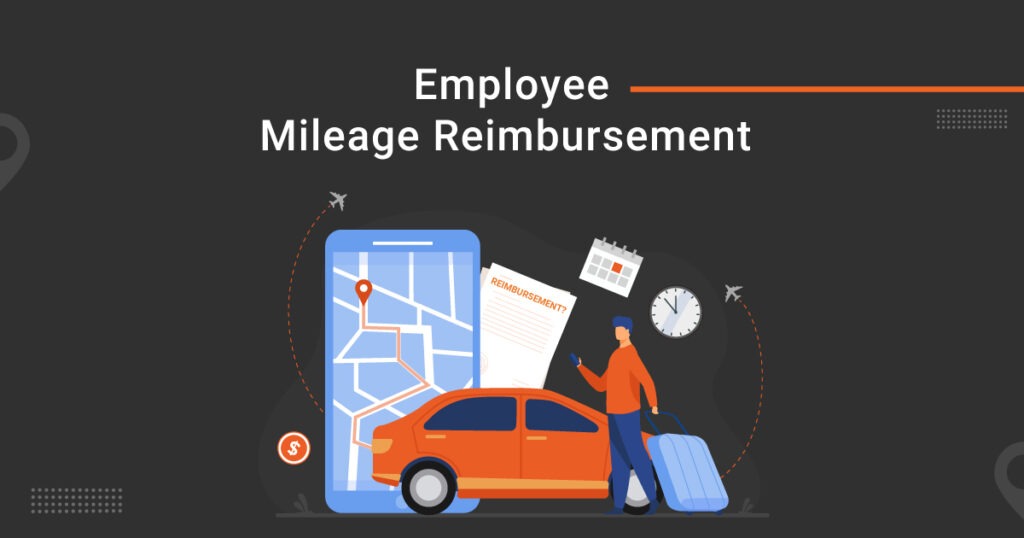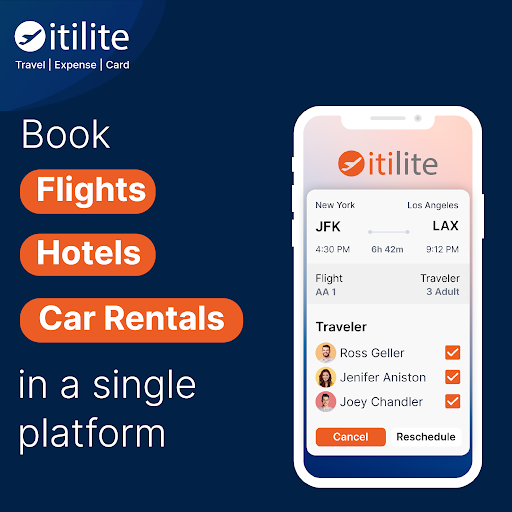
Ensuring clarity and efficiency in your employee mileage reimbursement process is paramount when providing reimbursements for your employees’ vehicles.. This is where a well-defined company mileage reimbursement policy comes into play, simplifying the filing and reimbursement procedures. In addition to streamlining the process, a comprehensive policy minimizes employee confusion, fostering a smooth and transparent mileage reimbursement system.
Why is Mileage Reimbursement Policy Essential?
Reimbursing employees for using their vehicles is imperative when considering fuel expenses. To ensure these reimbursements remain non-taxable, a well-crafted policy is necessary. This policy should include mileage calculation methods, reimbursement filing procedures, eligible reimbursement amounts, standard rates, etc. By establishing a clear policy, employees and employers benefit, contributing to the seamless operation of the reimbursement process.
Your Customizable Mileage Reimbursement Policy Template
A precise and concise company mileage reimbursement policy helps employees stick to it and improves compliance. Moreover, it helps avoid travel expense fraud and helps you save big bucks on business travel.
Here is a free mileage reimbursement policy template to help you save time while creating a customized policy for your organization.
Sections of an Effective Mileage Reimbursement Policy
Your company mileage reimbursement policy must include the factors that need the most clarification. The policy itself needs to be flexible, and every business should create a policy that best suits them. Moreover, you must update the policy as and when required.
There are no fixed guidelines or pre-defined formats to create a policy for employee mileage reimbursement. However, here are a few general suggestions for effective policy formulation:
1. Introduction to Mileage Reimbursement Rate
Clearly explain the mileage reimbursement rates to enhance employee understanding. The mileage reimbursement rate is the cost per mile set to reimburse employees when they use their personal vehicles for work purposes. “Personal vehicles” include cars, bikes, and vans registered to the claimant.
2. Explain the Method of Rate Calculation
Specify whether the calculation follows the standard mileage rates set by the IRS or if your company has its rates. You must provide information on reimbursement forms such as Flat Car Allowance or Fixed & Variable Rate Allowance (FAVR). Emphasize the importance of employees taking the shortest possible routes to avoid over-reimbursement.
You can use an expense management platform like ITILITE to implement this rule. The mileage reimbursement feature offered by ITILITE auto-calculates the shortest travel routes to the destination your employees have traveled when they file for mileage reimbursement. Hence, you don’t have to break a sweat during reimbursements.
3. Non-reimbursable Categories
Your company mileage reimbursement policy must also include the categories that the company will not reimburse. The non-reimbursable categories can be as follows:
Regular Commute:
The regular commute is the average distance an employee travels to reach their work destination. According to the IRS, employees cannot claim daily work commutes under the company’s mileage reimbursement program because they are not classified as business travel expenses.
Hence, while preparing your policy for employee mileage reimbursement, you must clearly state that the company will not reimburse regular commutes, and filing any such claims might amount to expense fraud.
Personal Chores:
Sometimes, while traveling for work, employees might take a detour to run some errands. The miles traveled for such chores are neither beneficial nor necessary for business. Hence, your policy for mileage reimbursement must clearly state that personal chores or errands are non-reimbursable.
However, in some cases, you might require your employees to use personal vehicles to run some business errands. For instance, they might need to drive to buy office supplies. Or they might need to visit the bank for official work.
In such situations, the company must pay for the miles employees have traveled. Hence, your policy must differentiate between business and personal errands and be straightforward about reimbursing miles for business errands.
4. A Few Explanatory Examples
Illustrate the mileage policy with examples, including acceptable reimbursement claims for straightforward business trips, daily work commutes, and trips with errand deviations.
Straightforward Business Trips
An employee travels from the main office to a client meeting at the Miami Convention Center, then stops for lunch and goes to another meeting at the Miami Chamber of Commerce. Finally, returning to the main office. The total mileage for this trip can be reimbursed.
Trips Including Daily Work Commute
An employee leaves home to attend an all-day meeting. The employee returns home without any deviations after the meeting. The total distance traveled was 65 miles. The employee’s normal commute is 10 miles. Here, 55 miles can be reimbursed.
Trips Including Route Deviation for Errands
On the way to a meeting, an employee takes a deviation to run personal errands. After the meeting, the employee drives to the office and then home. The miles that will be reimbursed are the drive to the meeting and the office. The deviation will not be excluded while calculating the amount.
5. How to Submit Mileage Reimbursement Claims
The IRS has four main requirements for mileage reimbursement claims to be included in the accountable reimbursement plan. Advisable your employees to keep a log of these details as it will help them in filing expense claims. These are:
- Time and date of each journey
- Total number of miles covered according to odometer readings
- The destination
- Reason for the journey/Business purpose
Once these points are covered, it gets simpler and easier for the employees to file their expense reimbursement claims.
Get Free Mileage Reimbursement Policy Template
Let the Right Travel and Expense Help Build Employee Morale
Enhance your brand image and employee morale by providing reimbursements through a reliable mileage reimbursement policy. Simplify the process further with our ITILITE corporate travel management software , making reimbursements efficient and less time-consuming.
Frequently Asked Questions (FAQ’s)
Mileage reimbursement is a policy where employees are compensated for the use of their personal vehicles for business-related travel. This typically includes travel to meetings, client sites, or other work-related destinations.
To submit a claim, fill out the Mileage Reimbursement Form, attach any required documentation (such as trip logs or receipts), and submit it to your supervisor for approval. Detailed instructions are provided in the reimbursement policy document.
Eligible travel includes trips for business meetings, client visits, conferences, and other company-approved corporate events.

















 and then
and then